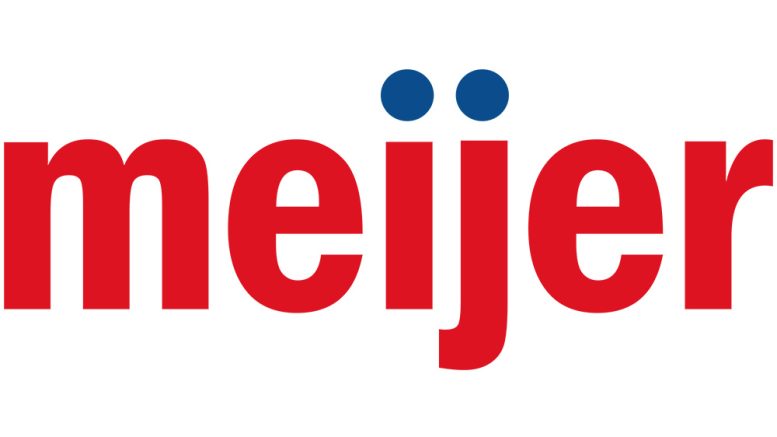Retailer now offers home delivery for customers up to 60 minutes from Meijer stores
Midwest retailer Meijer announced on Tuesday the expansion of its home delivery service area, tripling its range from an approximate 20-minute radius from its stores to 60 minutes.
This extended delivery zone makes the popular service available to nearly four million additional households in rural and urban areas across the Midwest, with items delivered in as little as three hours.
“We heard from many customers that were interested in using home delivery to make their grocery shopping more convenient but couldn’t because they were outside of the delivery range,” said Emily Henao, Vice President of Digital Experience at Meijer. “We know our customers are busier than ever, and this expansion gives us a unique opportunity to make their lives easier.”
Customers can verify whether they are in a delivery area through the Meijer app or on Meijer.com by navigating to “Delivery” and then adding their address.
To encourage customers to try the service, Meijer is offering free home delivery in the extended zone to those who purchase at least $35 in pet or beauty products, or $50 in general merchandise, through Feb. 1, 2025. After the promotion expires, customers in the extended home delivery zone will see an extended range delivery fee. Customers using SNAP benefits can continue to receive free home delivery in the extended zone after the promotion ends.
Meijer first launched home delivery in the Detroit market in 2016 and gradually broadened the service’s availability across its Midwest footprint over the next few years. When the pandemic increased demand for grocery delivery, the retailer expanded its hours to allow more customers to take advantage of the service.
Today, all Meijer Grocery stores and supercenters offer home delivery. The retailer also offers pickup and Shop & Scan, to provide more options for customers to shop in the way that best fits their needs.

